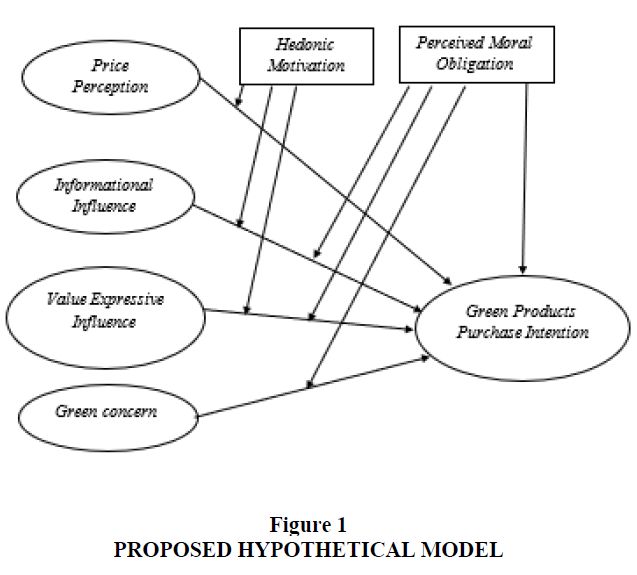

Online, hedonic shoppers are free to fulfill their motives without the inconvenience, distance barriers, embarrassment and time constraints of traditional brick-and-mortar shopping. Hedonic shopping predates ecommerce, but it’s amplified on the web.Value shopping to gain pleasure from finding deals (though not necessarily acting on them).Role shopping to gain pleasure from buying for others.

Idea shopping to stay current with trends.Social shopping to experience pleasure from interacting with others.Adventure shopping for stimulation and excitement.In their 2003 paper, “Hedonic shopping motivations”, Mark Arnold and Kristy Reynolds argue that there are six categories of hedonic shopping: Kind of makes us sound like a pack of lunatics, doesn’t it? There’s actually a more innocent explanation. The individual is deeply involved in the satisfaction of shopping, and the higher the level of involvement, the greater the level of hedonism experienced by the shopper. Hedonic shopping stirs emotional arousal within us - both physiological and psychological. It’s derived from the perceived fun or playfulness of shopping experiences.
HEDONIC PURCHASE SERIES
For these shoppers, purchasing is a problem-solving activity that follows a series of logical steps.Īlternatively, hedonic shopping is driven by our desire for fun, entertainment and satisfaction. Our utilitarian motives for shopping include: meeting our basic needs, finding greater convenience, seeking variety, seeking greater quality of merchandise and searching for better prices.

(My dentist recently advised me to “only floss the ones you want to keep.” Good one, dentist). We need clothes, we need food, we need dental floss - and utilitarian motives drive these needs. Utilitarian shopping is all about actual need and function.


 0 kommentar(er)
0 kommentar(er)
